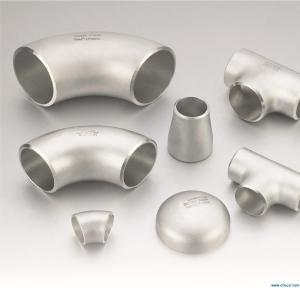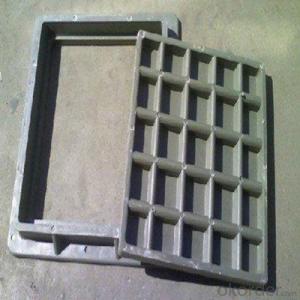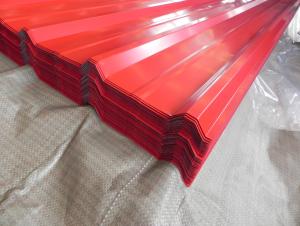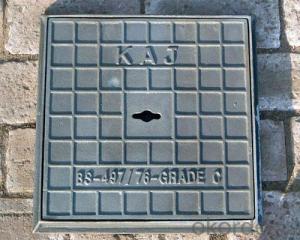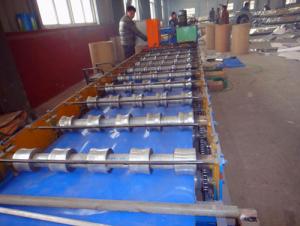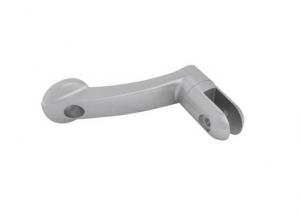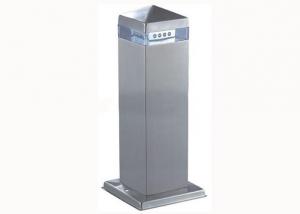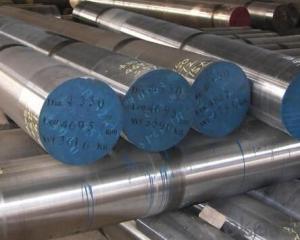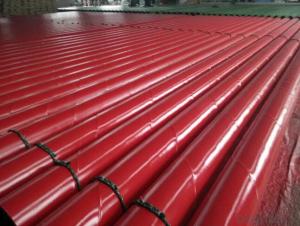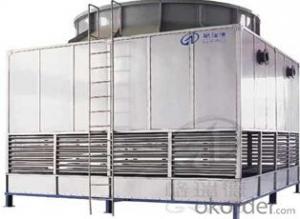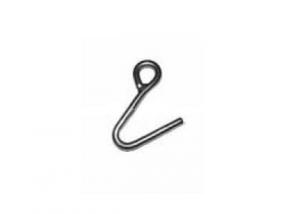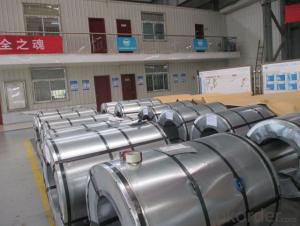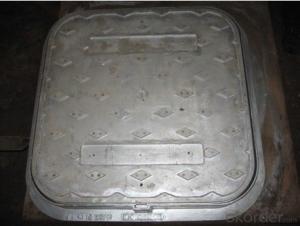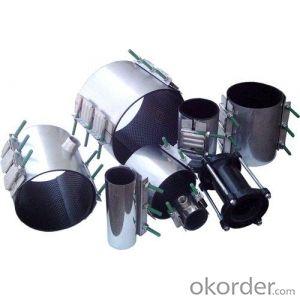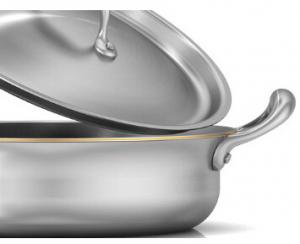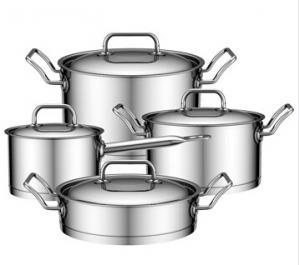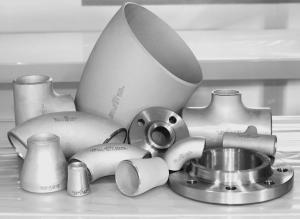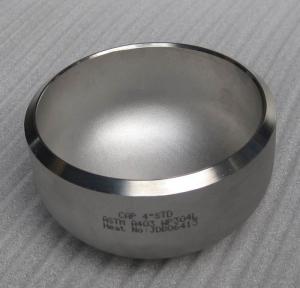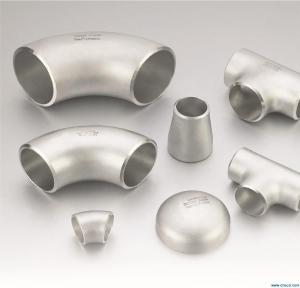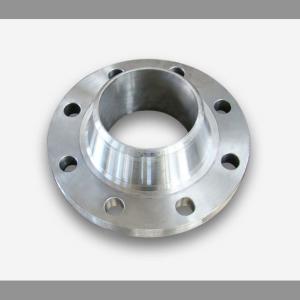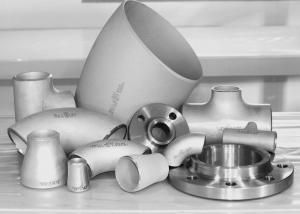Stainless Steel Cover
Stainless Steel Cover Related Searches
Stainless Steel Drain Cover Stainless Steel Chase Cover Stainless Steel Cover Plates Stainless Steel Cap Stainless Steel Outlet Covers Outlet Covers Stainless Steel Stainless Steel Wrap Stainless Steel Coating Stainless Steel Top Stainless Steel Wrapping Stainless Steel Enclosure Stainless Steel Tap Stainless Steel Collar Stainless Steel Siding Stainless Steel Roofing Stainless Steel Wall Stainless Steel Roof Stainless Steel Vinyl Wrap Stainless Steel Post Stainless Steel Hardware Stainless Steel Tape Stainless Steel Counter Top Stainless Steel Stand Stainless Steel Mirror Stainless Steel Storage Stainless Steel Lock Stainless Steel Strap Stainless Steel Enclosures Stainless Steel Scoop Stainless Steel GlassStainless Steel Cover Supplier & Manufacturer from China
Stainless Steel Cover is a versatile product that offers durability and corrosion resistance, making it ideal for various applications. It is designed to protect and conceal various components, such as electrical boxes, cable junctions, and other sensitive equipment. The use of stainless steel ensures that the cover remains rust-free and maintains its appearance over time, even in harsh environments. This product is widely used in construction, industrial, and commercial settings where protection and aesthetics are essential.In various industries, the Stainless Steel Cover is employed to safeguard equipment and enhance the overall appearance of installations. It is particularly useful in outdoor settings where exposure to weather and other environmental factors can cause damage to unprotected components. The covers are also used in indoor applications where a sleek, modern look is desired, such as in office buildings, hotels, and retail spaces. The product's robust construction and sleek design make it a popular choice for both functional and aesthetic purposes.
Okorder.com is a leading wholesale supplier of Stainless Steel Covers, boasting a comprehensive inventory to cater to the diverse needs of customers worldwide. With a commitment to quality and customer satisfaction, Okorder.com ensures that the products are manufactured to the highest standards and are available at competitive prices. This extensive inventory allows customers to find the perfect Stainless Steel Cover for their specific requirements, whether they need a cover for a small electrical box or a large industrial junction.
Hot Products
